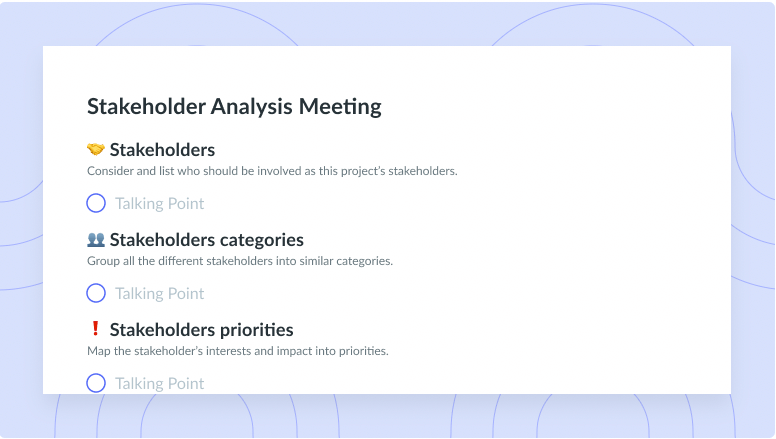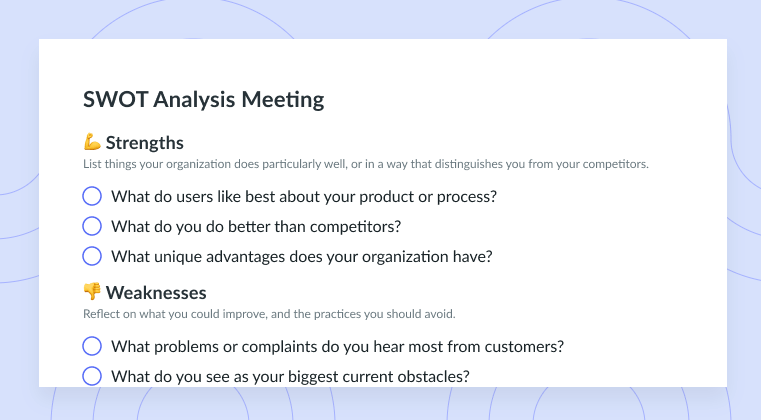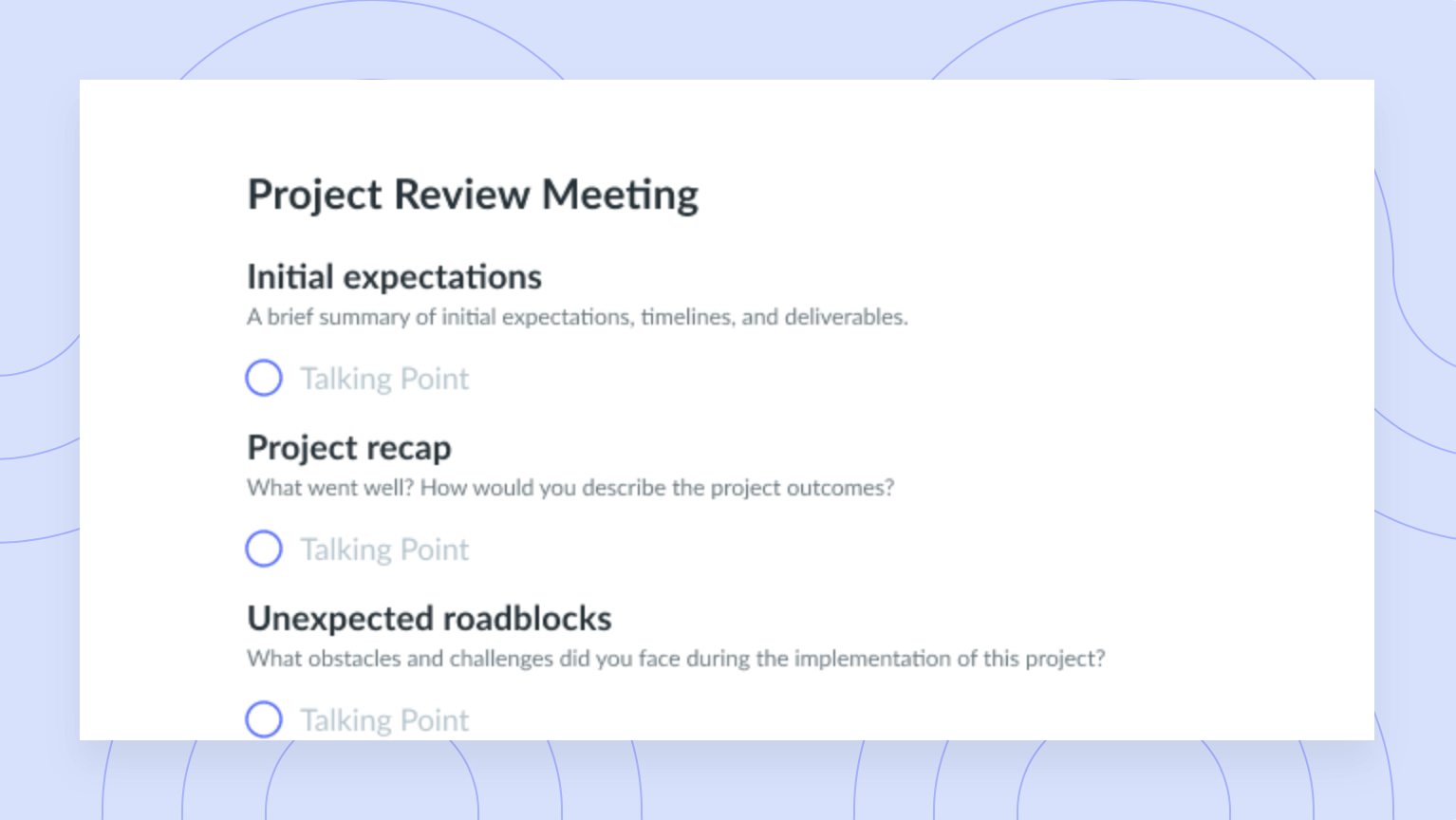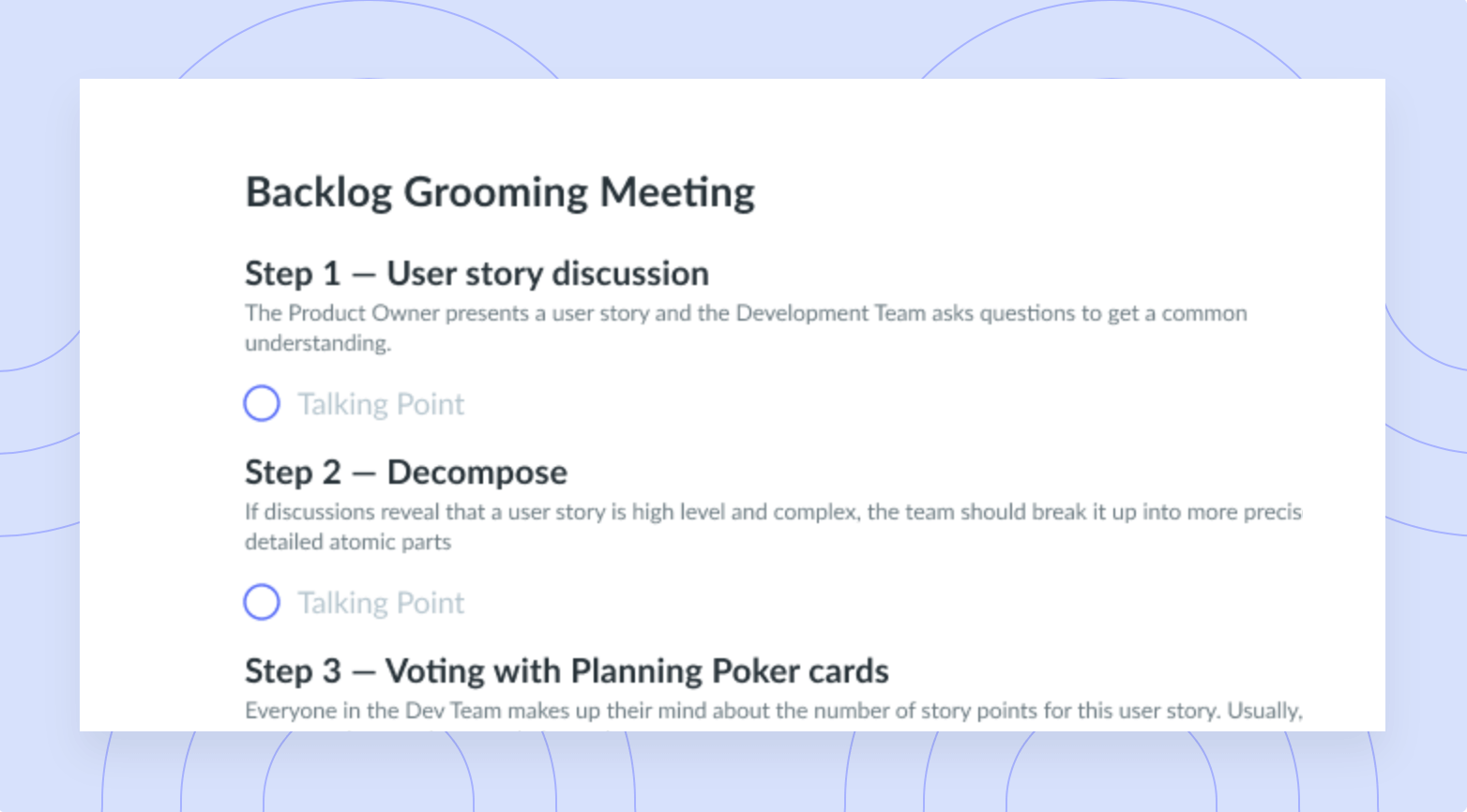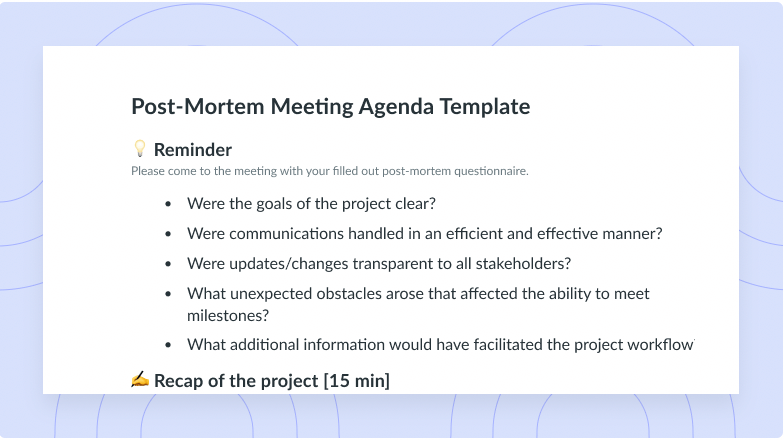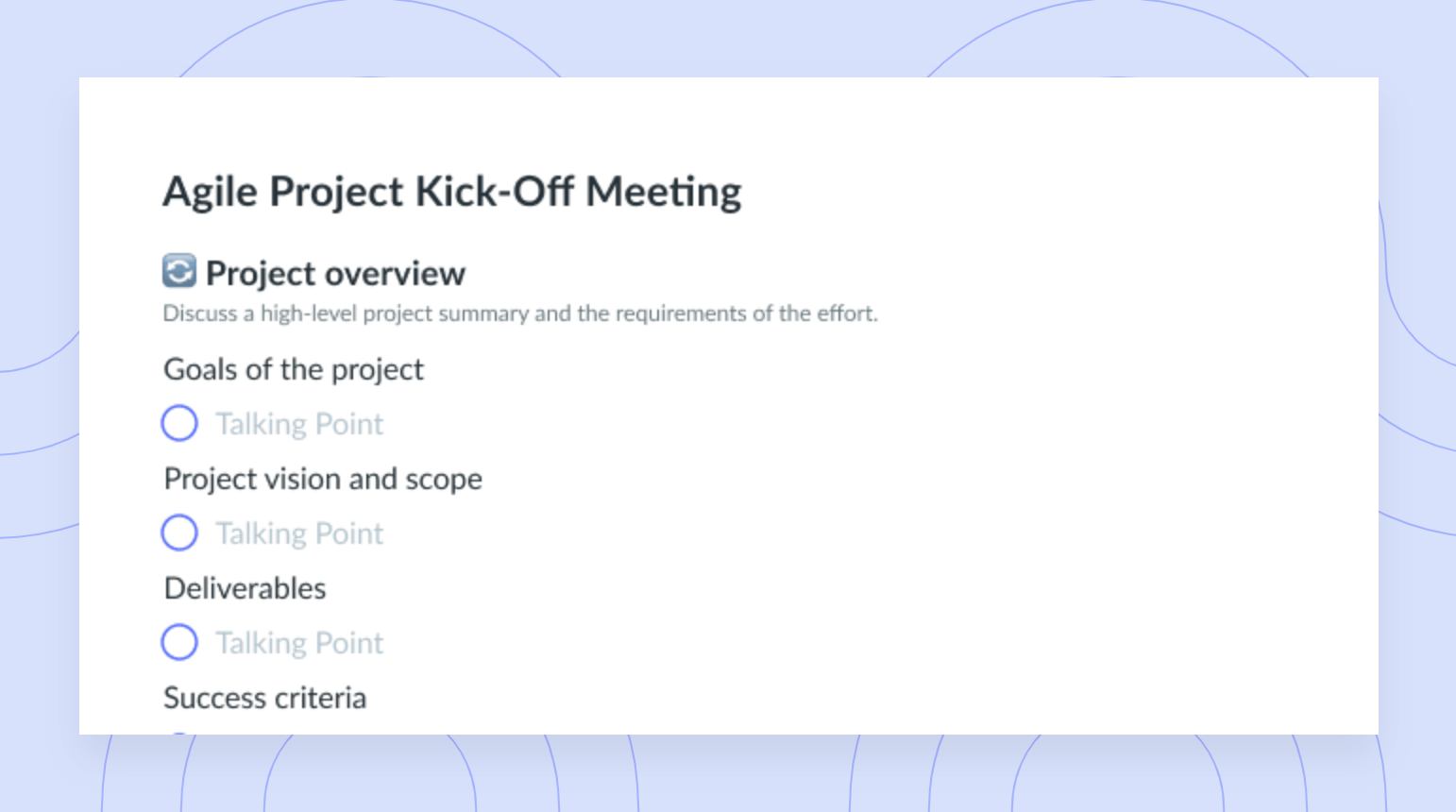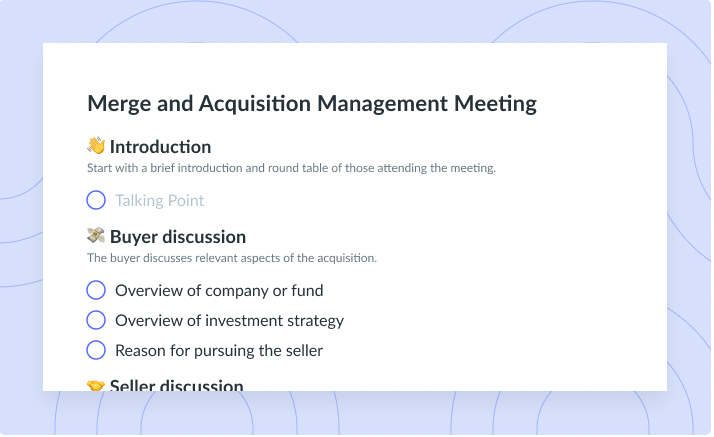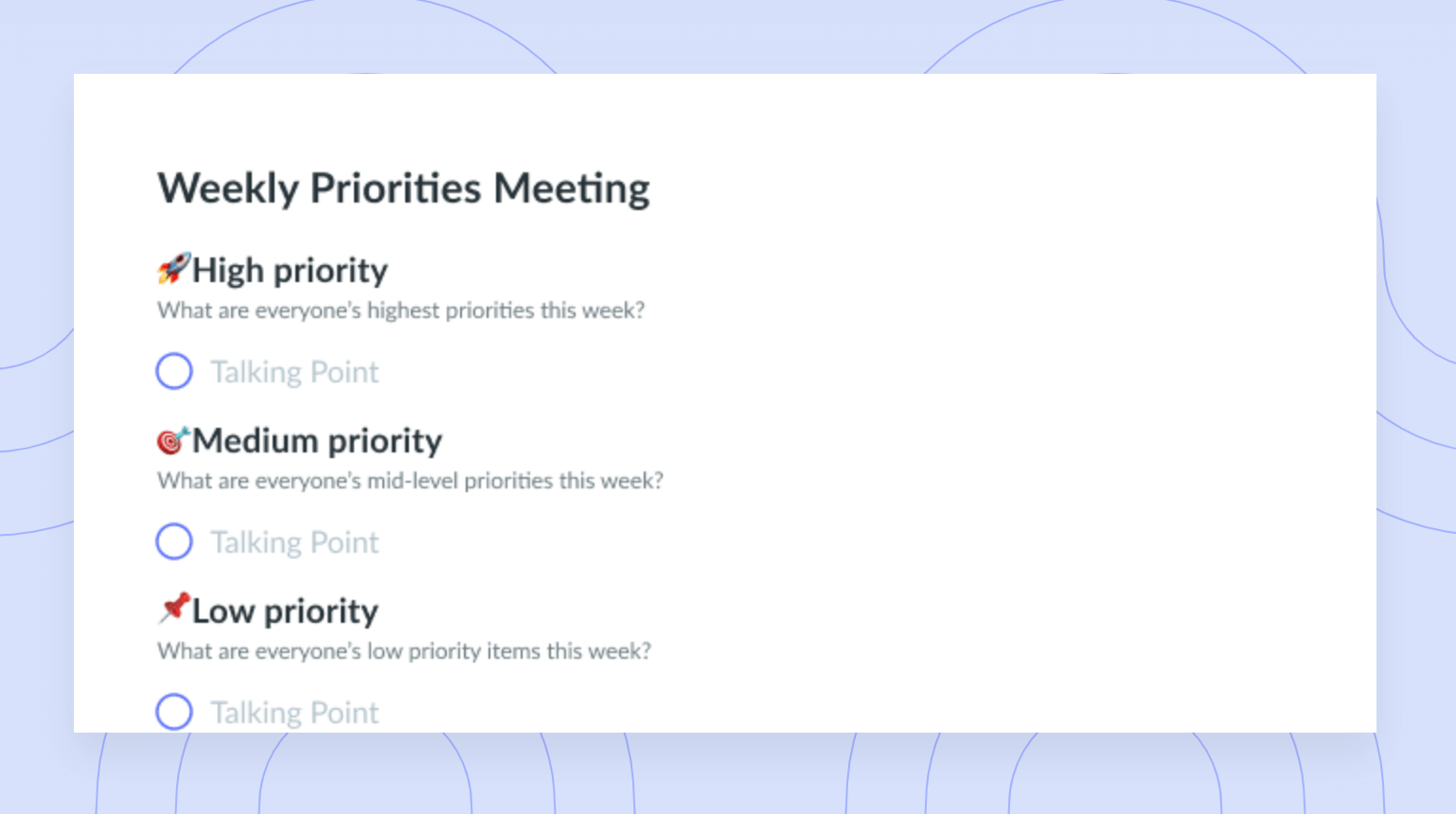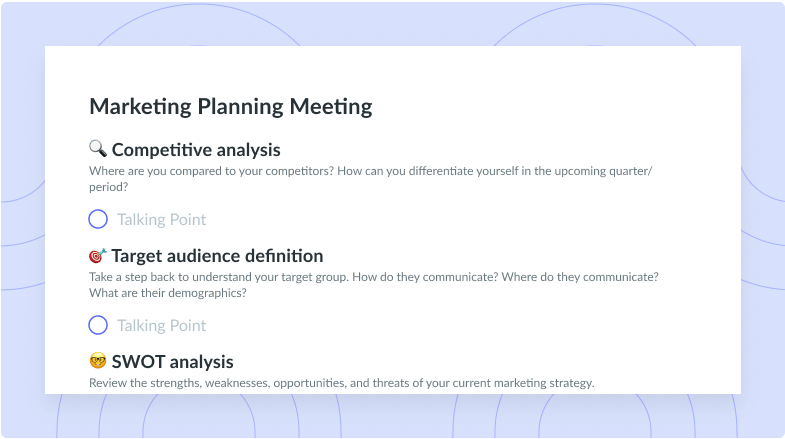Stakeholder Management Strategies for Better Relationships
Align teammates and set realistic expectations with a solid stakeholder management strategy.
Meeting every stakeholder’s needs is challenging. Luckily, it’s not a requirement of effective stakeholder management. Instead, the goal is to align everyone involved with what’s feasible, offering assurance that any compromises made positively contribute to project success.
Read on to discover stakeholder management strategies that encourage support from teammates and external parties for the goals you can achieve.
The importance of stakeholder management
Having a solid stakeholder management process—and the right tools to execute it—lets you spend less time putting out fires and more time building great relationships. Here are a few benefits:
- Improved alignment: Determining whether you can accommodate stakeholder needs sets realistic expectations. This expectation-setting also aligns everyone with the project’s goals and objectives.
- Risk mitigation: Regularly sharing updates and concerns helps teams anticipate problems while building trust among external stakeholders.
- Increased clarity: Ensuring everyone understands their role and responsibilities reduces delays, confusion, and conflict.
Stakeholder management strategy essentials
While managers typically craft custom strategies for each project, most stakeholder management plans involve these steps:
- Identify stakeholders: Determine all potential stakeholders involved in your project, including external and internal parties.
- Categorize stakeholders: Conduct a stakeholder analysis meeting and categorize based on their interest in and influence on the project.
- Determine stakeholder expectations: Hold group meetings and one-on-one conversations to understand each stakeholder’s goals and needs.
- Develop engagement plans: Based on your stakeholder analysis, create customized engagement strategies for each individual or group.
- Monitor and adjust your strategy: Once the management plan (and project) is in motion, continuously monitor stakeholder engagement and satisfaction. Make adjustments as you go to keep all parties happy and well-informed.
10 tips for effective stakeholder management
As you create and execute your management plan, these 10 tips ensure nothing is missed (plus, discover how Fellow can help).
1Identify stakeholders early
Effective stakeholder management starts with identifying your key players so nobody’s left unattended.
Stakeholder mapping is a great way to brainstorm this. Using a whiteboard, place the project name in the center and branch off with relevant individuals and parties. Don’t worry about their level of influence or involvement at this point.
Once you have a stakeholder list, fill out a spreadsheet that includes each stakeholder’s name, job title, connection to the project, and preferred communication method.
2Understand stakeholder goals
You can’t fulfill a stakeholder’s vision if you don’t know what it is. Conduct a stakeholder meeting to understand each party’s goals and motivations for the project.
It’s also important to understand external key players’ leadership styles. For example, an autocratic stakeholder might make decisions on the fly, and a democratic leader might require frequent team check-ins. Document this information in your spreadsheet and let it inform how you interact with each person.
3Prioritize stakeholders
Create a stakeholder prioritization map by crafting a four-quadrant chart with “Influence” on the x-axis and “Impact” on the y-axis. Place stakeholders in each quadrant, and manage them based on their placement:
- Low influence, high impact: Keep satisfied
- Low influence, low impact: Monitor
- High influence, low impact: Keep informed
- High influence, high impact: Manage closely
Stakeholder prioritization lets you create targeted communication strategies. For example, a V-level executive who’s high influence, low impact might require infrequent but comprehensive updates. And a deeply involved manager who’s high influence, high impact might want weekly check-ins.
This prioritization also assists resource delegation. You’ll likely spend more resources trying to meet a high influence, high impact stakeholder’s expectations compared to a low influence, low impact individual.
4Engage regularly through effective meetings
Set a reliable meeting schedule to discuss updates and progress, answer questions, and share feedback.
Ensure meetings are efficient and on target with Fellow’s AI-driven meeting agendas, and use a decision-making meeting template to discuss important project topics.
5Develop communication plans
Projects involve multiple moving parts—like design, marketing, and testing—and if any piece is unaccounted for, it can lead to delays and damaged relationships. A thoughtful communication plan prevents pieces from falling through the cracks, so develop methods for touching base with every stakeholder.
For the most effective communication, use a centralized hub like Fellow. It offers seamless integrations with project management tools like Asana, Jira, and Linear, ensuring crucial decisions and documents are easily accessible to everyone. Syncing is automatic, so you can focus on task work while centralization happens in the background.
6Manage expectations
Keeping tabs on stakeholder expectations increases transparency and trust, and using the right tools makes this an easy part of your management process.
With Fellow, you can assign action items and talking points to stakeholders so they understand what’s expected of them and the greater project team. And Fellow organizes tasks checklist-style, so everyone can clearly see where assignments are at.
7Solicit and provide feedback
Feedback encourages individual and team growth and builds trust between external stakeholders and teammates alike. It also helps you praise those who are hitting the mark so they’ll keep up the excellent work.
With Fellow, you can exchange continuous feedback in real time. This communication flow helps you adjust strategies on the fly based on stakeholder input, ensuring you address changing needs and delays right away.
8Deal with conflict promptly
If one of your stakeholders raises a concern, address it quickly. Employ active listening skills like asking follow-up questions and nodding along to show them their opinions matter. Listening well also means you catch details crucial to effectively solving the problem.
Even minor issues need proper attention to maintain a solid working relationship. But always consider your project scope when problem-solving so your solutions are sufficient and realistic.
9Demonstrate transparency
Build trust and avoid disappointment by being transparent about expectations and hiccups. This means involving everyone as much as possible in the decision-making process and having a centralized place to view task progress.
Tamara Bercovici (the VP of Engineering at Box) agrees, encouraging leaders to seek more transparency:
“I’ve gotten feedback that there isn’t enough visibility into what the team is working on. We’re seeing that we have friction and aren’t aligning with some of our stakeholders. So I want us to put together a process that will give better visibility and help simplify some of those conversations.”
Promote better transparency with Fellow through recorded meetings, generated transcripts, and collaborative agendas. These features let you document crucial decisions and conversations so nothing’s lost to time. They also help you fill in the blanks for those unable to attend meetings.
10Measure performance
Regularly monitor the effects of your stakeholder management strategy, choosing KPIs like client satisfaction scores and successful milestones to determine efficacy levels and pivot when needed.
Fellow supports performance tracking by allowing you to set goals aligned with stakeholder expectations. Your team’s OKRs are linked to your meeting notes so you can easily review progress and overcome obstacles.
Lead with clarity and efficiency using Fellow
Happy stakeholders mean greater project success. And Fellow streamlines communication and collaboration, keeping everyone satisfied with the process. Enjoy AI-powered auto-recording, transcribing, and note-taking, plus post-call summaries and action item lists. Fellow also integrates with most popular project management platforms so you can centralize information for team alignment.
Onboard Fellow today to immediately enhance your stakeholder management strategy.
Frequently Asked Questions
What’s stakeholder management?
Stakeholder management involves identifying, understanding, and engaging the individuals relevant to a project—typically customers, employees, investors, and suppliers. Project managers usually take on or delegate this work, but V and C-suite employees might manage stakeholders for high-level projects.
Throughout project initiation and execution, you’ll likely come across needs your team can’t accomplish without suffering from scope creep. The goal isn’t to accommodate every suggestion and objective. Effective stakeholder management requires being transparent about what you can and can’t achieve and involving everyone in the decision-making process.









